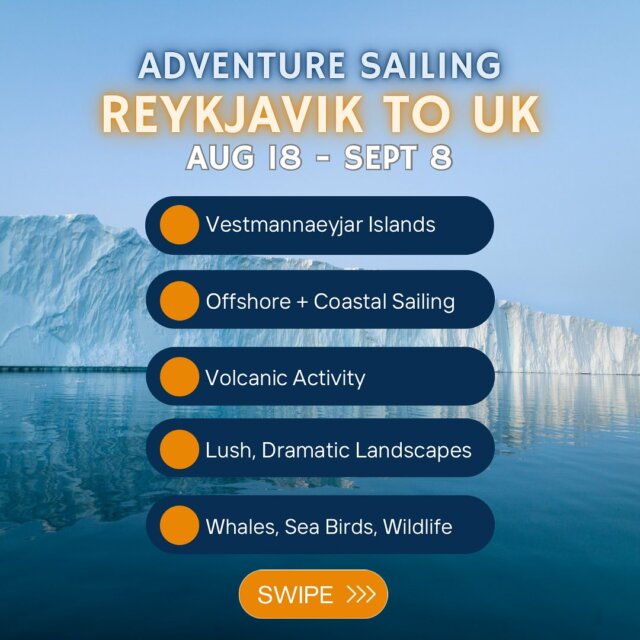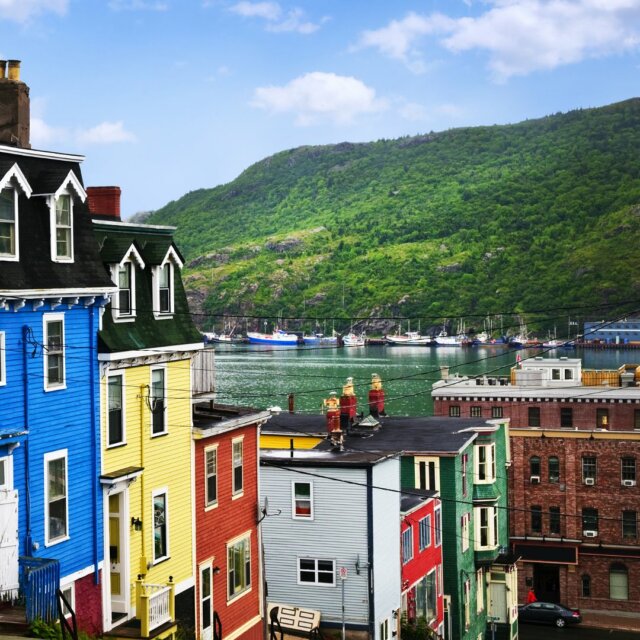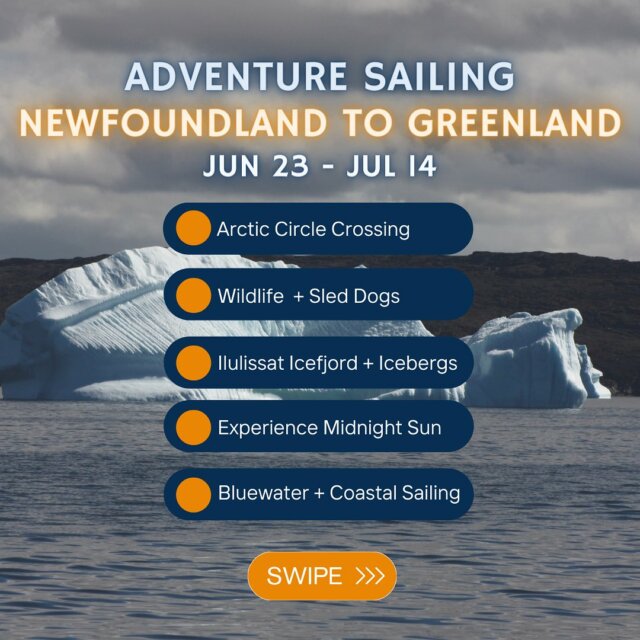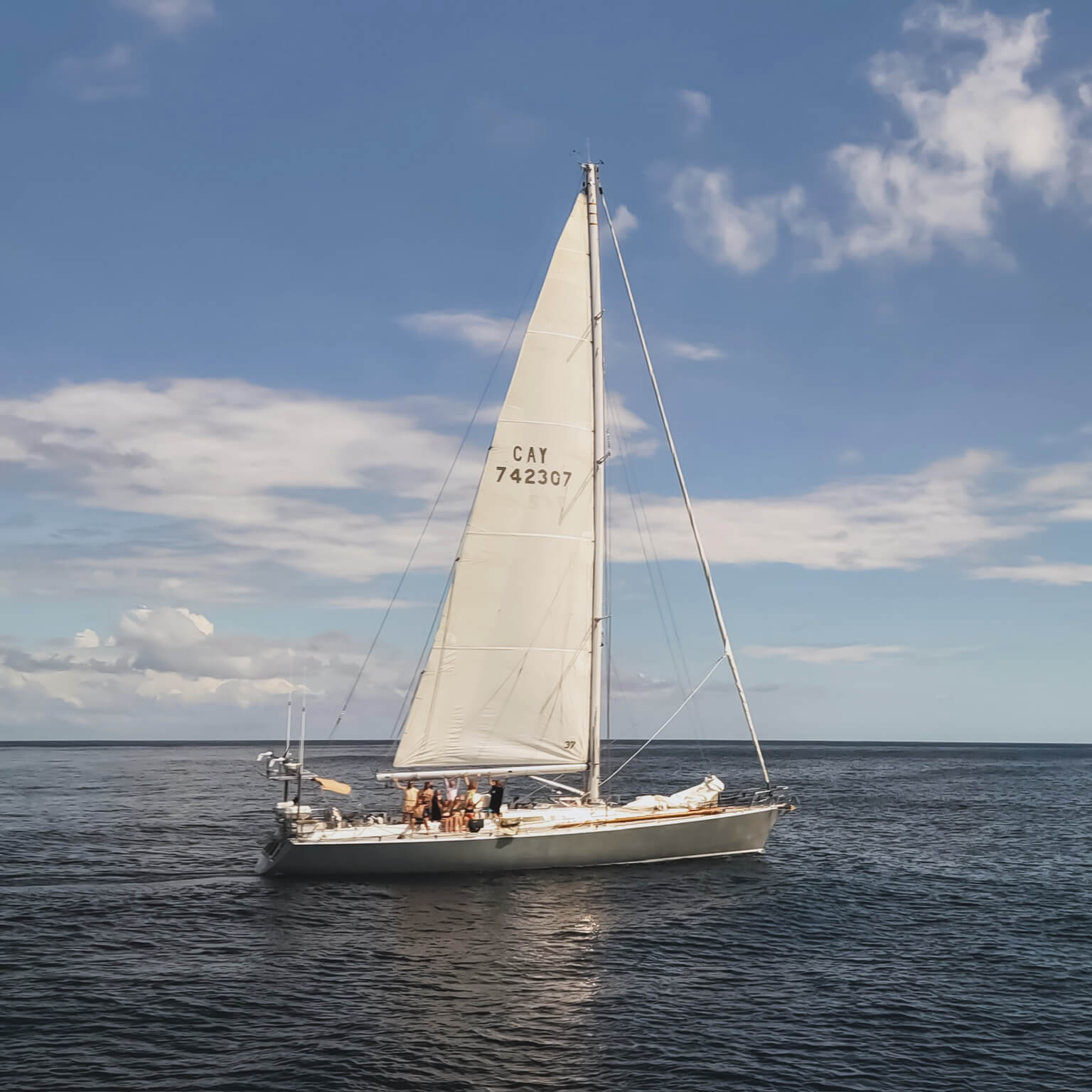With Sea Dragon parked quietly in and all in pieces (Dale!) for her refit, the Pangaea team is satisfying their water needs in other places. One of us recently had a chance to run a series of cave dives in Central Florida, and then the awesome underwater-underground land of Mexico’s Yucatan.

Cave represent a distinctly alien habitat for our ocean going vessel Sea Dragon – for obvious reasons. The vast majority of explored caves are vast systems of landlocked fresh water with little access to the sea. They are also what we call “overhead” environments- with no direct access to the surface.
Water cave systems are, however, an area of interst for our team given their unique biodiversity and often critical conservation concerns. Here in Florida, Pangeas home base, the region is home to one of the highest concentrations of “karst” systems. Significant spring and sinkhole sytems exists principally in the north central part of the state. Often ranging several miles laterally and 100+ feet below surface, they are an integral part of the regions water supply. They are also home to several unique species. Several of Pangaea’s team have explored regional caves. One really strking example is “Eagle’s Nest” in Citrus County. Miles from any paved road, an incredbily ordinary looking pond opens through a short shaft into the ceiling of a room large enough to park a Boeing 747 airliner. Super clear water extends off two main passages to deep tunnels ove 400′ deep.
We have also had a recent, short visit to the exceptional caves of the Yucatan. Here surface holes in the limestone rock, punch a short distance into elaborate systems. These caves, unlike those in Florida, formed with extensive dry phases. This critical difference means they now have fantastic karst features called “speleothems” – or cave formations. Stalactictes, stalagmites, flowstones and even helictites absolutely cover interior surfaces. Also, due to their dry phases, the contain extensive fossil and pre-historic human artifacts. They are also, unlike Florida caves, remarkably shallow.
In both cases, we have made great use of our Sherwood regulators – and appreciate their continued support. The best test was the smooth breathing of the SR1 at 230′ in Eagle’s Nest. This mixed gas dive gave us alot of confidence.




























































































